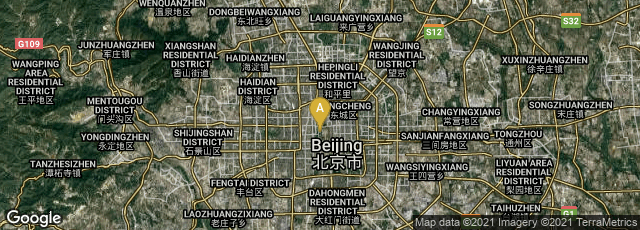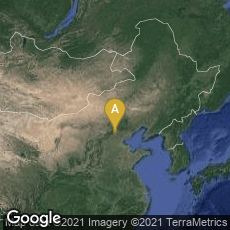

A: China, Xicheng Qu, Beijing Shi
"Yuan dynasty banknote with its wooden printing wood plate, 1287, preserved in the Tokyo Currency Museum. An upper line reads: 「至元通行寳鈔」 zhì yuán tōng háng bǎo chāo (Pinyin). A left line ('Phagspa script) reads: jˇi ’ŭen baw č‘aw : to say 「至元寳鈔」. The smaller Chinese characters in the bottom half of the note say "(this note) can be circulated in various provinces without expiration dates. Counterfeiters would be put to death."
Unlike earlier Chinese paper money such as jiaozi, the chao (simplified Chinese: 钞; traditional Chinese: 鈔; pinyin: chāo) was the first paper currency used as the predominant circulating medium in China. This was the money described in the travels of Marco Polo. The money was primarily printed at the Imperial Mint established in 1260, probably in Beijing. It was certainly located in Khanbaliq after that city was established bt Kublai Khan the same decade. Regional capitals were sometimes authorized to print money as well. The money of the various eras of the Yuan were also separately known, as the Zhongtong notes and Zhiyuan notes of the reign of Kublai Khan. Initially chao banknotes were backed by silver, but as the demand for them grew they became a fiat currency.